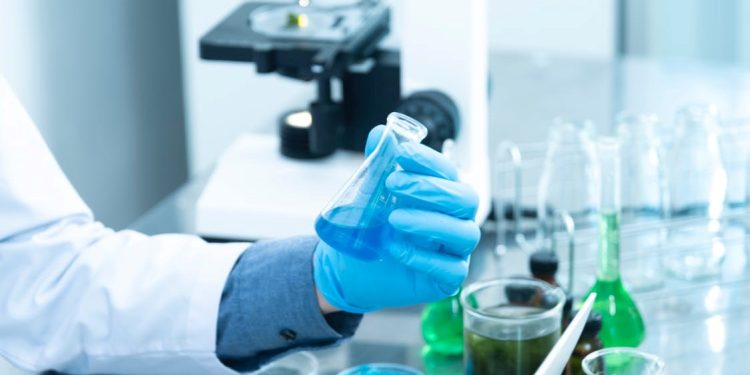Water pollution is a critical environmental issue. It affects ecosystems, human health, and economies worldwide, and the statistics related to water pollution showcase just how devastating its impact is.
DevelopmentAid reports that polluted drinking water causes 485,000 deaths every year, mostly through diarrhea. Waste in the ocean kills around a million seabirds and marine life. World governments spend billions every year to tackle water pollution, but somehow, they always fall short.
As future leaders and stewards of the planet, college students have a unique responsibility to understand and address this pressing problem. To effectively teach students about the impacts of water pollution, colleges and universities can employ innovative educational strategies that engage and empower their learners.
In this article, we will explore some of the most creative and effective ways institutions can educate students about water pollution’s devastating effects. This is in the expectation that these students will then be inspired to take necessary actions as future leaders.
Interactive Water Quality Monitoring
One of the most effective ways to teach students about water pollution is to engage them directly in monitoring water quality. Many colleges are situated near water bodies, making it a convenient opportunity for hands-on learning.
By using portable water testing kits and technology, students can collect data on various water parameters like pH, turbidity, dissolved oxygen, and nutrient levels. They can then analyze this data to assess the water’s health and detect signs of pollution.
According to The New York Times, water quality testing kits can cost between $100 and $500. The costs will vary depending on the features of the kits and what type of chemicals and particles they can detect. If students are engaging in advanced water quality analyses, colleges will need to bring in professional testing kits. These are slightly more expensive but are very accurate and can complete more types of tests.
Furthermore, colleges can leverage partnerships with local environmental organizations to provide students with access to more advanced equipment and resources. This collaboration can lead to a deeper understanding of water quality issues and foster a sense of responsibility for preserving local water resources.
Analyzing Case Studies
Analyzing case studies is a great way to learn about water pollution interactively while staying within the comforts of a classroom. Students can immerse themselves in the actual cases and get a detailed idea regarding how things eventually panned out. This helps them connect the dots as to how water pollution impacts certain lives and communities.
Think of the Camp Lejeune toxic water lawsuit as a case study. A few decades ago, the Camp Lejeune water contamination incident took place. Due to underground storage tank leaks, the water at Camp Lejeune became contaminated. Consumption of this water later caused many locals to develop cancer.
According to TorHoerman Law, the Camp Lejeune lawsuits were eventually filed to seek justice and compensation for the Camp Lejeune victims. It was also discovered that the contaminated water contained toxic chemicals and substances that led to the cancer cases.
As students analyze these case studies, they can understand how big of an impact water pollution can actually have. They’ll see that pollution can lead to environmental damage and even widespread health crises.
Virtual Reality (VR) Simulations
Virtual Reality (VR) technology has transformed the way students learn about complex subjects. By creating immersive VR simulations, colleges can transport students into polluted water environments, allowing them to witness the consequences firsthand. These simulations can replicate scenarios such as industrial spills, urban runoff, and contaminated aquatic ecosystems.
In these virtual environments, students can interact with polluted water sources and witness the negative effects on aquatic life, habitats, and even human communities. The immersive nature of VR makes the learning experience more engaging and memorable, leaving a lasting impact on students’ understanding of water pollution’s consequences.
Experiential Learning through Field Trips
Field trips have always been a valuable educational tool. However, colleges can take them to the next level by organizing immersive experiences related to water pollution. These trips can include visits to wastewater treatment plants, river clean-up projects, and meetings with local environmental activists and experts.
Colleges can also consider international study programs focused on water pollution, allowing students to witness the global impact of this issue. Such experiences can broaden students’ perspectives, instill a sense of responsibility, and inspire them to take action both locally and globally.
Environment.co reports that the Mississippi River, Ohio River, Savannah River, and Onondaga Lake are some of the most polluted water bodies in the US. Taking the students to these places and testing their water can be a good way to learn about water pollution through field trips.
Collaborative Problem-Solving Challenges
To promote critical thinking and problem-solving skills, colleges can organize collaborative challenges related to water pollution. Students from various disciplines, such as environmental science, engineering, economics, and sociology, can work together on real-world water pollution problems.
These challenges may involve developing innovative solutions for reducing pollution, creating awareness campaigns, or proposing policy changes. Encouraging interdisciplinary collaboration helps students appreciate the multifaceted nature of water pollution and fosters creativity in finding sustainable solutions.
Conclusion
Today’s college students will soon take the charge of protecting our planet and society. Therefore, it’s vital that they learn more about water pollution and the impact it has on us. If colleges can deliver these teachings through the ways discussed above, students will, for sure, get a better understanding of the problem at hand.
That, in turn, will perhaps help them come up with innovative and effective ways to deal with water pollution in the near future.



























